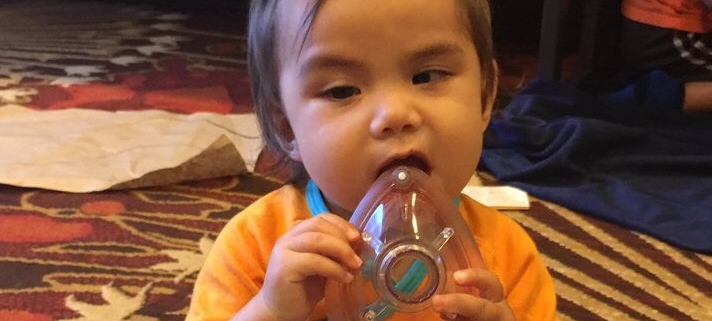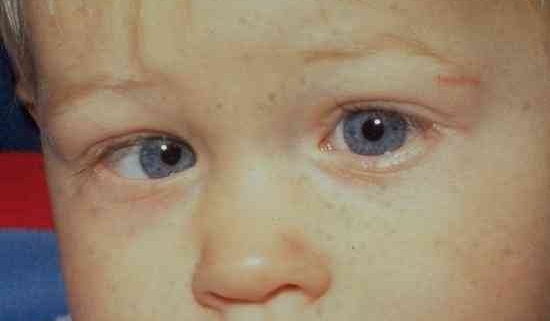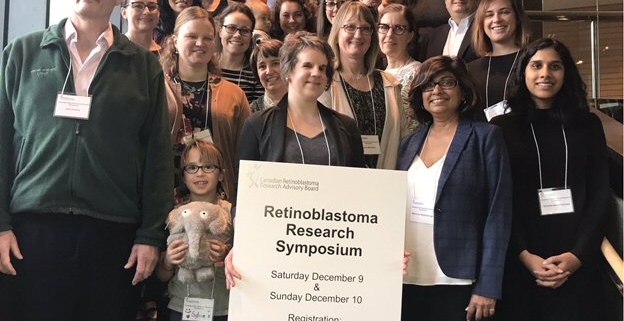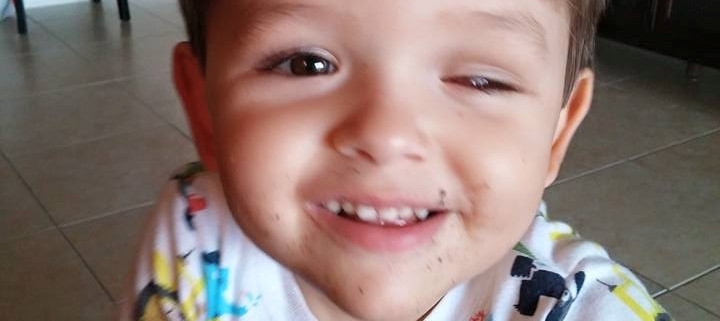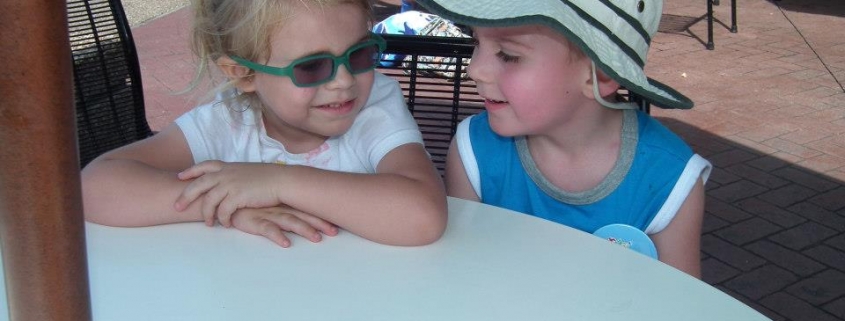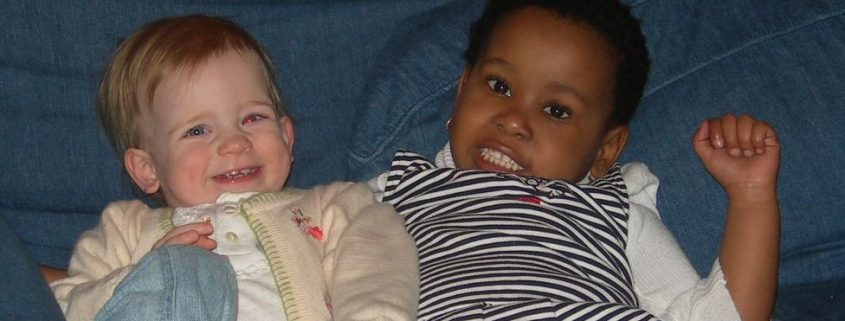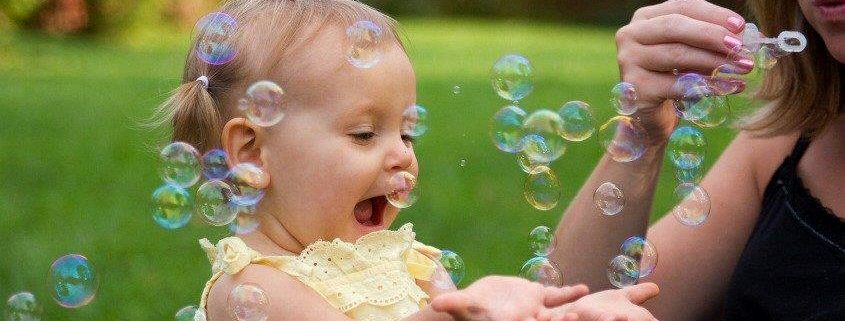Our 2018 Blog Year in Review
The WE C Hope blog has been busy in 2018. We’ve shared 24 posts from 17 authors – parents, survivors, researchers or professionals providing retinoblastoma-related care. Each has brought valuable experience, knowledge and perspective, and we are very thankful to them all. Here is a recap of posts we’ve shared in the past 12 months.


